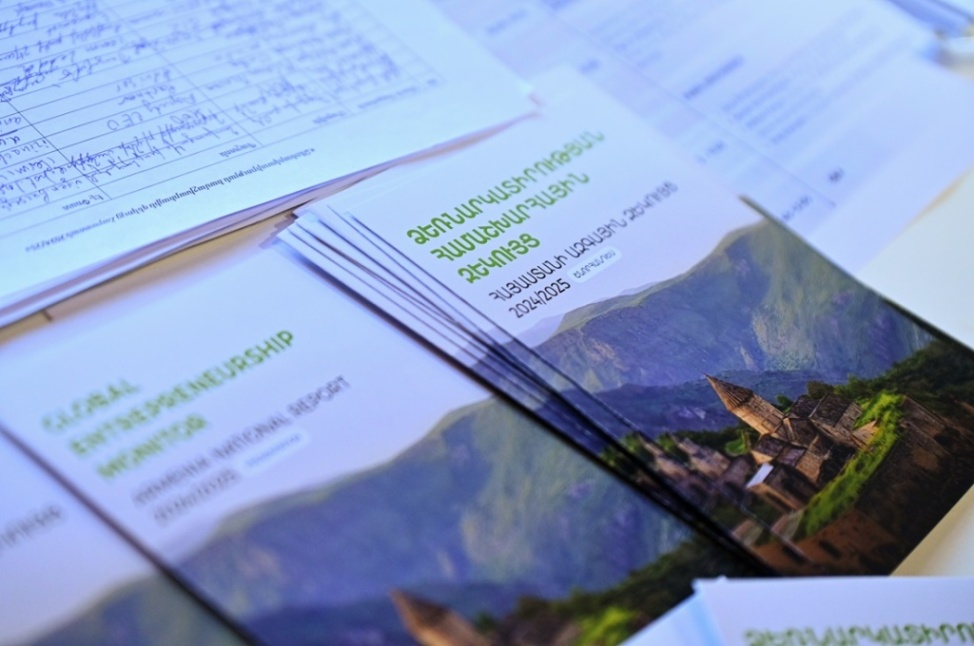Creation of 74 fish farms in lake Sevan is fraught with environmental risks, researcher says
21.05.2014,
17:06
Government’s plans to create 74 fish farms in Armenia’s largest Lake of Sevan would increase fish population, but would also pose a very serious environmental risk, according to Bardukh Gabrielyan, director of Zoology and Hydroecology Research Center, an affiliation of the National Academy of Sciences.

YEREVAN, May 21. / ARKA /. Government’s plans to create 74 fish farms in Armenia’s largest Lake of Sevan would increase fish population, but would also pose a very serious environmental risk, according to Bardukh Gabrielyan, director of Zoology and Hydroecology Research Center, an affiliation of the National Academy of Sciences.
The planned fish farms are expected to use annually 50,000 tons of nitrogen, phosphorus and other chemical mixtures as artificial feed.
"I think this is the only program that can really contribute to the restoration of the fish reserves of the lake, including famous Sevan trout, but at the same time I can not underestimate its potential risks ," the researcher told ARKA.
He said if the program takes into account these risks and offers special measures to minimize them, it will be effective enough.
The plans to build 74 fish farms have angered local environmentalists who sent a letter to the president of the country demanding that he ban the construction of fish farms because the plan is a breach of the law on Lake Sevan that forbids any kind of economic activity that will have a detrimental impact on its ecosystem.
Lake Sevan is the largest lake in Armenia and the South Caucasus region and one of the largest fresh-water high-altitude lakes in the world. The lake is situated in the central part of the Republic of Armenia, at the altitude of over 1,900m above sea level. It is fed by 28 rivers and streams.
According to various estimates, late last year its fish reserves stood at only 420 metric tons, including 324 metric tons of white fish, down from around 30,000 tons in the early 1990s. -0-



